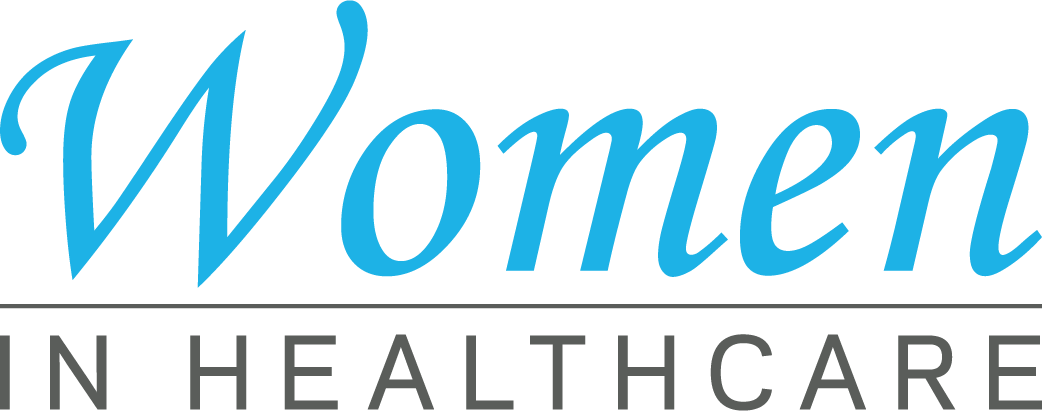Top Healthcare RCM Strategies for Better Financial Efficiency
Wiki Article
Discover How Health Care RCM Processes Transform Administrative Tasks Into Seamless Workflow
In the ever-evolving landscape of medical care, Revenue Cycle Management (RCM) procedures have arised as a crucial pressure in transforming administrative tasks into smooth operations. By harnessing innovative technology and refined methods, RCM provides an advanced technique to taking care of patient enrollment, billing, and declares handling. These advancements not only reduce errors and boost efficiency yet also accelerate capital and elevate individual contentment. Nevertheless, what lies below the surface area of this transformative shift? What intricate mechanisms and techniques are utilized to guarantee such seamless combination? The response to these concerns are crucial for recognizing the future of health care management.Understanding Medical Care RCM
Revenue Cycle Administration (RCM) in health care is a crucial process that guarantees the monetary health of medical institutions by supervising the whole lifecycle of person service earnings. It incorporates various management and scientific functions, starting from the preliminary scheduling of a medical visit to the ultimate collection of payment for services provided. Healthcare RCM. RCM is critical in taking care of the complexities of invoicing and compensations, making certain that doctor receive compensation for their services successfully and accuratelyA detailed understanding of RCM includes identifying the multiple parts that make it effective. Trick facets include person organizing, insurance confirmation, cost capture, claim entry, and repayment uploading. Each of these aspects needs meticulous interest to information and robust systems to alleviate errors that can bring about revenue loss. Furthermore, RCM is not entirely about financial collections; it additionally intends to enhance client fulfillment by minimizing payment mistakes and boosting transparency.
The performance of RCM is contingent upon the smooth assimilation of modern technology and human source expertise. Utilizing sophisticated software application solutions enables health care establishments to automate recurring jobs, consequently reducing administrative problems. Additionally, experienced employees are important in navigating governing demands and payer policies, making certain compliance and maximizing earnings recovery.
Improving Person Enrollment
Streamlining client enrollment is a fundamental step in improving the efficiency of healthcare profits cycle management. It includes enhancing the first interaction between individuals and health care carriers to make certain a smooth data collection procedure.Automated systems aid in confirming insurance policy qualification in real-time, which not just reduces administrative worries however additionally boosts person satisfaction by stopping unforeseen payment issues. Furthermore, pre-registration processes enable patients to complete forms online before their see, minimizing wait times and enabling personnel to concentrate on more complicated tasks. This aggressive approach makes certain that all needed details is gathered and verified prior to care is offered, therefore protecting against hold-ups in succeeding billing and asserts processes.
Educating staff to make use of these systems effectively is vital. It makes certain that data entrance is regular and exact, promoting a smooth change from individual registration to other earnings cycle processes. Inevitably, streamlining person registration lays the foundation for an extra efficient, patient-centered healthcare distribution model.
Effective Billing Solutions
Efficient payment services are indispensable to optimizing healthcare revenue cycle administration. They work as the foundation for making sure precise and prompt monetary transactions between individuals, healthcare service providers, and insurance policy firms. By leveraging innovative technology and streamlined processes, healthcare centers can substantially decrease payment mistakes, lessen delays, and improve capital. Implementing robust billing systems assists in accurate cost capture, Resources guaranteeing all solutions provided are accounted for and billed appropriately. Automation tools can fix up payment information with scientific records, avoiding and decreasing disparities insurance claim rejections.In addition, efficient billing services encourage medical care providers to provide clear pricing and billing details to patients, promoting trust fund and improving individual contentment. Real-time payment systems enable medical care staff to provide prompt comments on person eligibility and out-of-pocket costs, enhancing the total person experience. These solutions likewise permit seamless integration with digital wellness documents (EHR), ensuring that invoicing and professional details are in sync, reducing management burdens on health care companies.
Including reliable payment remedies into the profits cycle administration structure not only maximizes operational effectiveness but likewise strengthens financial efficiency. By decreasing errors, accelerating repayment cycles, and improving person communication, medical care companies can focus more on providing high quality care while maintaining economic sustainability.
Optimizing Insurance Claims Handling

In the realm of health care income cycle management, optimizing claims handling is important for maintaining economic health and wellness and operational performance. A streamlined claims process lessens the time between solution delivery and repayment, therefore improving capital and reducing the probability of mistakes. Effective claims refining starts with exact documentation and coding, which are necessary to make sure that insurance claims are sent without disparities that could cause rejections or hold-ups.
Leveraging sophisticated innovation, such as automated cases management systems, can substantially improve the efficiency of this procedure. These systems are created to automate repetitive jobs, track cases with each stage, and flag possible issues early. This not only minimizes the administrative burden on personnel yet also raises the precision of entries by decreasing human mistake.

Enhancing Profits Collection

Additionally, rejection management plays an important duty in making the most of earnings collection. Recognizing patterns in case rejections, recognizing origin, and implementing corrective activities can significantly lower repeating problems, consequently improving money circulation. Suppliers need to purchase robust analytics devices that promote comprehensive coverage and analysis, allowing them to fix and deal with denial trends immediately.
Prompt follow-up on outstanding insurance claims is one more crucial facet of profits collection. Developing a systematic method to keep an eye on and go after aged accounts makes certain that no earnings is left unclaimed. Using committed staff or automated systems to track these claims can enhance performance and guarantee constant money inflows.
Conclusion
Health Care Earnings Cycle Administration (RCM) procedures significantly enhance management effectiveness by incorporating sophisticated technology and human competence (Healthcare RCM). The automation of individual enrollment, payment, and declares processing lowers errors and increases capital, inevitably enhancing client complete satisfaction through real-time insurance coverage confirmation and clear billing. By making certain smooth operational circulation, RCM enables doctor to focus on top quality care while making the most of earnings recovery and preserving economic security, hence transforming administrative tasks into effective, structured proceduresProfits Cycle Monitoring (RCM) in healthcare is a critical process that guarantees the financial wellness of medical establishments by overseeing the entire lifecycle of person solution revenue.Enhancing individual enrollment is a fundamental step in boosting the performance of medical care income cycle administration. It includes maximizing the initial communication between clients and medical care carriers to guarantee a smooth information collection procedure.Additionally, reliable billing options encourage healthcare carriers to supply transparent rates and billing information to individuals, cultivating trust fund and enhancing individual contentment. Real-time billing click resources systems allow medical care staff to supply prompt feedback on client eligibility and out-of-pocket expenses, improving the total person experience.
Report this wiki page